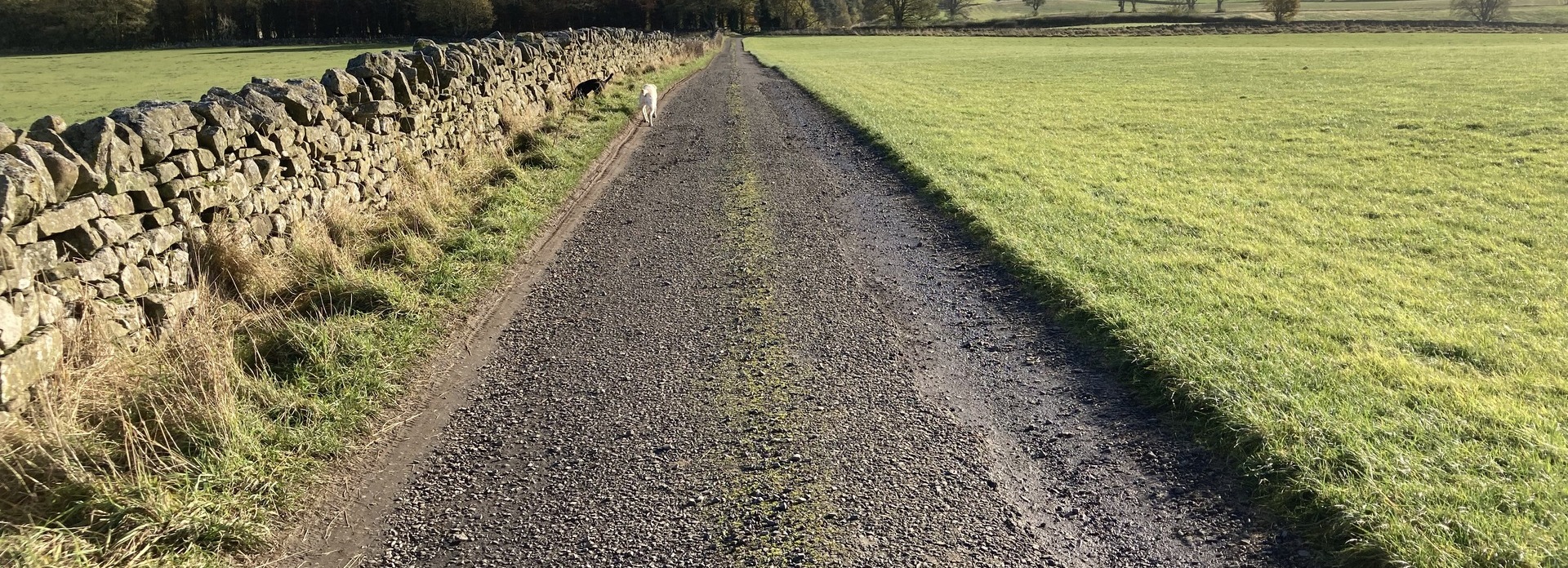Little Swinburne, Northumberland
Posted on 6th December 2022 at 18:09



Scheme: Little Swinburne, Northumberland
Client: ESH Group
In-situ Process: Deep cement stabilisation of in-situ materials
(stone aggregates and tarmac)
Surface Finish: Surface dressing of a 6mm chip
Date: November 2022
Explanation of work completed:
The road to Little Swinburne services a local farm and a NWG Reservoir originally built for early motor vehicles and over the years more material has been added to accommodate for larger and wider vehicles.
Due to increased use of the road for the farming enterprise and the reservoir maintenance, the road was degrading and requiring regular maintenance to fill potholes caused by weather conditions and fast-moving vehicles.
The decision was taken to deep stabilise the road with cement powder to make a roller compact concrete product and surface dress with hot bitumen and a 6mm whinstone chip.
This method of road repair was chosen by the client for its durability and longevity over other methods of repairing such large areas.
The existing material within the road was milled through and crushed to a depth of 150mm producing a regulated material to work with. The binder agent (cement) and water are then added and mixed in using the same milling / crushing machine. The moisture content is then assessed, and more water can be added if required and mixed in.
Once all the above requirements have been carried out the material is then
graded and rolled to add a camber, to disperse the rainwater, leaving a road construction suitable for vehicles of all sizes.
This cement stabilised material is then sealed with a surface dressing of hot bitumen and 6mm chip to prevent water ingress, improve skid resistance and to leave a smooth-running surface.
The re-engineering of in-situ material within unclassified rural roads has many advantages over traditional methods. Time savings for the road being out of use, costly movements of removing contaminate materials of site and importing new quarried materials to complete the process.
In-situ mixing of material can reduce the carbon footprint of any job dramatically due to the reduced vehicle movements on site, not only does this process help the environment and surrounding residents it has a great cost saving for the client.



Share this post:






